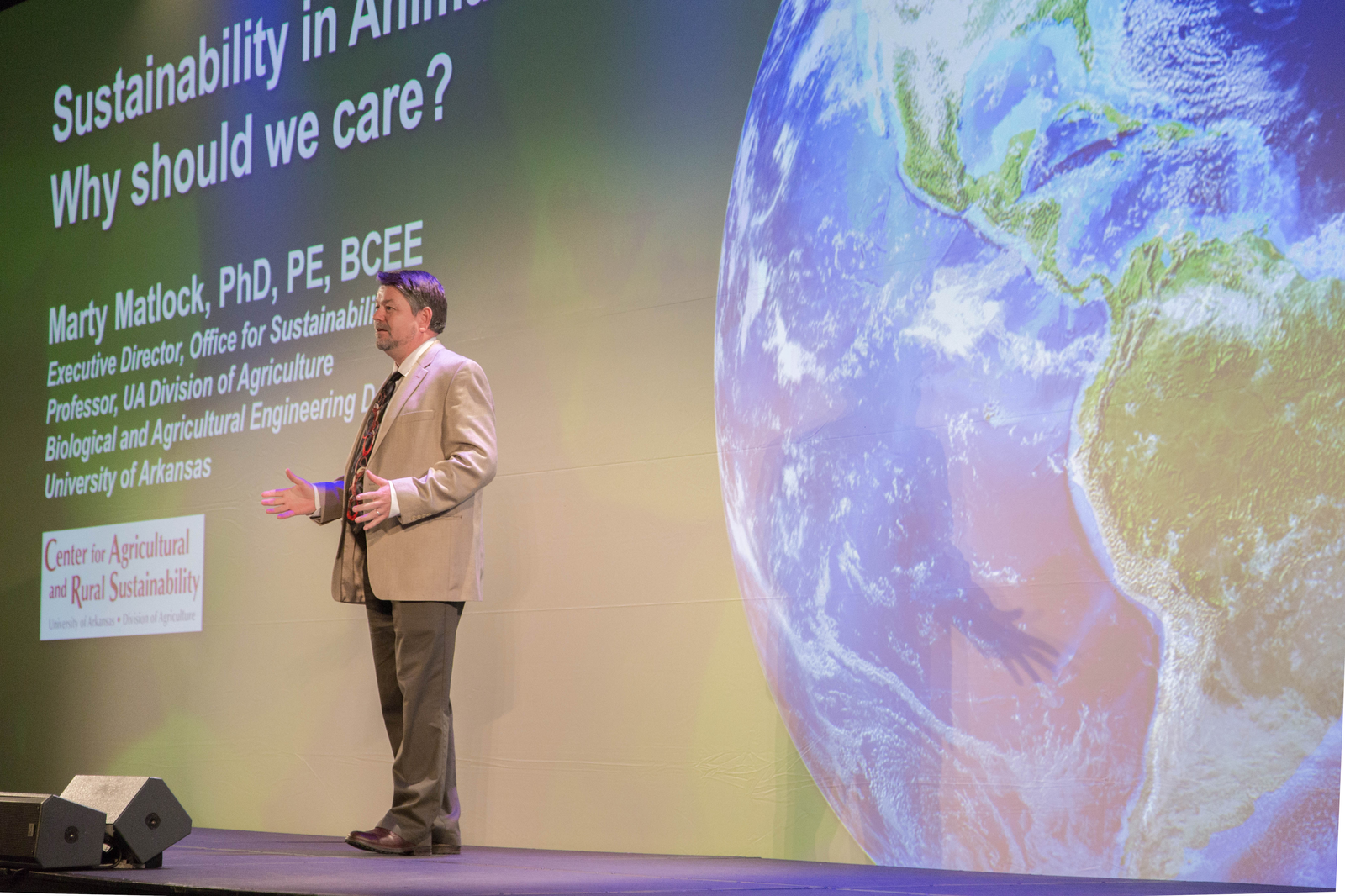Optimising feed to fit the breed

Producing twice as much food with only half the ecological footprint, that is the challenge for the animal industry in years to come. Optimising feed to the exact needs of the ?animals is key, Animal Nutrition 2.0 as Provimi calls it.
By Fabian Brockötter
Breeding and feeding of livestock will be two fields that will movecloser together over the next decade. This opinion was put forward by Dr Martin Scholten, Wageningen University, the Netherlands at the Provimi Animal Nutrition Seminar 2013 in Barcelona, Spain. He touched on themes like ‘customised nutrition’ which could become breed specific – and a development the other way round, how genomics based selection could be feed specific. “Now this sounds futuristic, but I’m sure in five to ten years these fields will be closer,” Scholten said.
Scholten was one of the key speakers at the event, which was themed ‘Animal Nutrition 2.0’. Like many others he spoke of the challenges for future livestock production in order to meet future demand to animal protein in 2050 – over 9 billion souls as is projected by the United Nations. Getting there would have to mean that the world needs to produce better and more food but using less raw materials. Scholten put the topic into context by introducing four ‘animal perspectives’ – or four moments in which animals and feed come together, and where positively influencing can be possible. He touched on feed, rumen, manure and grass. In each of these perspectives potential of adaptation is key.
Sustainable livestock production
Dr Marty Matlock, University of Arkansas, USA, specialist in sustainable livestock production also dived into the theme of 2050 and complimented the 250 nutritionists in the audience with their achievements in meeting the worlds feed- and food needs.
“You are improving the world we all live in, not the governments. However, we have to learn to communicate better.” According to Matlock there are a lot of confused messages out there. “Farm animals are very efficient producers of animal protein for human consumption, however it takes far more water to produce meat than to produce bread. That said, this is not the right comparison.” It is 100% true that meat has a larger H2O footprint than bread, but farm animals are capable of producing valuable protein from feedstuffs not suitable for human consumption.
Everything comes down to the definition of sustainability. Matlock spoke of the triangle ‘people, profit, planet’. When the interests of all three overlap, then we can speak of ‘sustainable’, he explained.
Technology and innovation
Cargills corporate vice president Todd Hall believes that we will be able to feed the world. “Free trade will facilitate access to food, but besides that there are immense opportunities in adopting new technologies and looking for improvements in efficiency and production increases.” Provimi is on the forefront when it comes to providing nutrition, adapted for breed and age to guarantee the best efficiency. Ensuring a ‘golden start’ with the combination of innovative systems as RescueDecks in pigs and Hatchbrood in broilers, together with special feed RescueMilk and ProGress . No phase in a production animals life is as important as the first few days. With the right start performance is promoted in later life. That said, there is a lot more to be explored, that was the ultimate challenge set by Provimi.
Source: AllAboutFeed magazine Vol 21 nr 10, 2013











